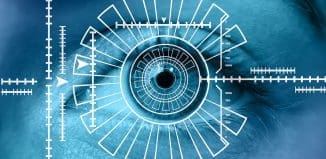Li-Fi Will Leave Wi-Fi Far Behind
This post is also available in:  עברית (Hebrew)
עברית (Hebrew)
Nothing travels faster than light. In fact, travelling at 299,792 kilometers per second, light leaves the competition far, far behind. Which is why it should come as no surprise that researchers, seeking to give communications a little speed boost, have turned just to this medium.
Li-Fi is a new technology that transmits data using visible light communication (VLC) at incredibly high speeds.
Earlier this year, scientists have achieved speeds of 224 gigabits per second in lab testing of communication-over-light. Now, they’re taking it out of the lab.
In real world conditions testing in offices and industrial environments in Tallinn, Estonia they were able to achieve data transmission speeds of 1 Gb per second. That’s 100 times faster than present-day average WiFi speeds.
“We are doing a few pilot projects within different industries where we can utilise the VLC technology,” says Deepak Solanki, CEO of Estonian tech company Velmenni. “Currently we have designed a smart lighting solution for an industrial environment where the data communication is done through light. We are also doing a pilot project with a private client where we are setting up a Li-Fi network to access the Internet in their office space.”
Li-Fi, the brainchild of Harald Haas from the University of Edinburgh, Scotland, came into being in 2011 when Haas demonstrated that he could transmit incredible amounts of data by flickering the light from a single LED.
VLC technology operates in the visible light spectrum between 400 and 800 terahertz. By turning the LED on and off at a specific pattern – essentially like Morse code – the technology can transmit data in binary code.
This flickering is far removed from the flickering of lights from bad lamps in modern offices – it is so fast it is imperceptible to the human eye.





























